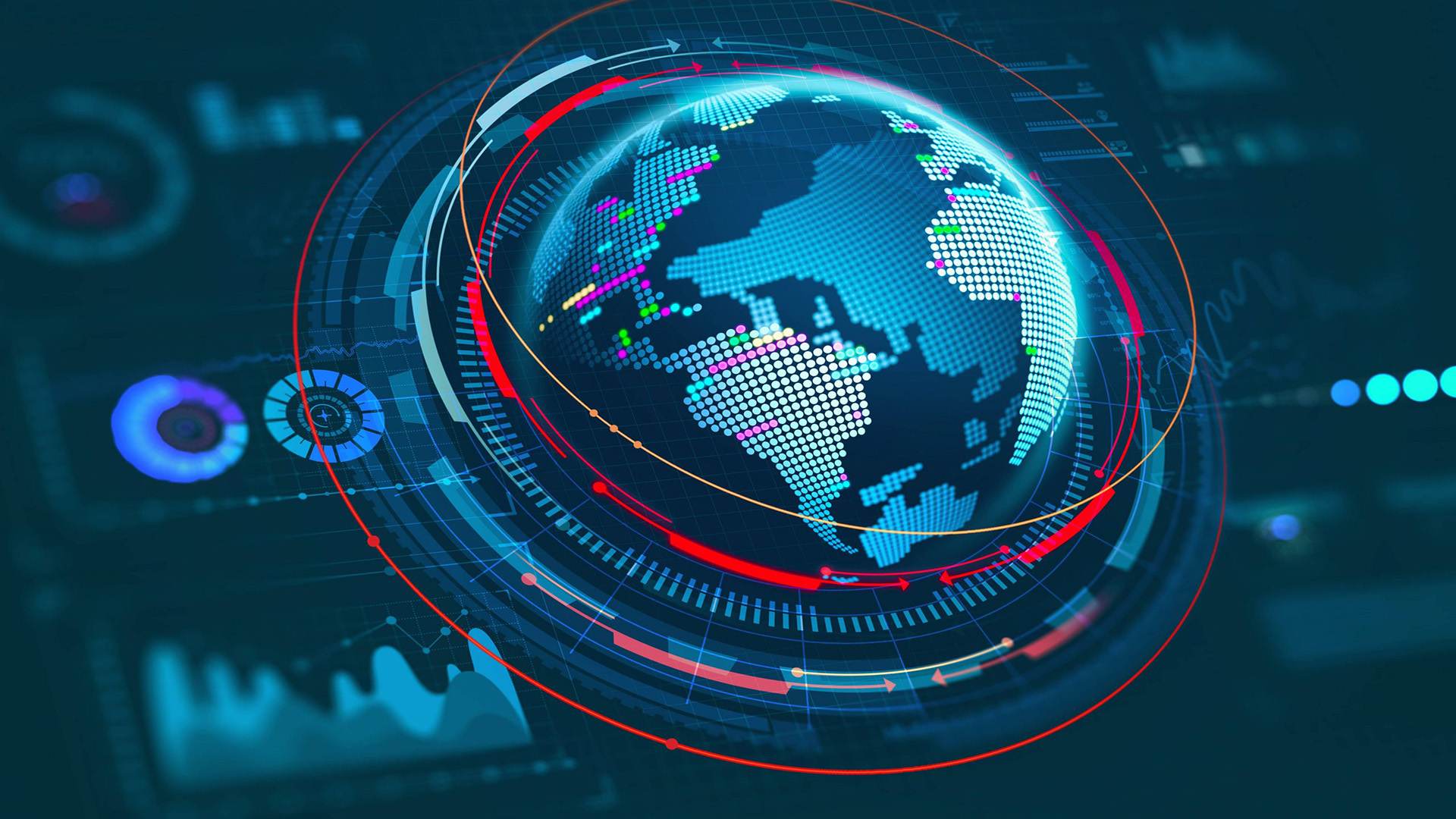Global Banks Pledge Massive Investments in Sustainable Projects
Share- Nishadil
- January 01, 2024
- 0 Comments
- 3 minutes read
- 38 Views

Global Banks Pledge Massive Investments in Sustainable Projects
Several regional development banks are responding to mounting pressure to provide climate financing to support the development of the green economy of low income regions. This year, both the Asian Development Bank and the Inter American Development Bank Group announced major climate investments aimed at the growth of renewable energy capacity in developing regions of the world. This is further supported by recent efforts but the World Bank Group. Since the first COP climate summit two years ago, COP26 held in Glasgow, development banks have been…
Development banks globally are stepping up their efforts to fund sustainable projects, spurred on by increased calls for climate finance that helps to grow the green economy in lower income areas. Both the Asian Development Bank and the Inter American Development Bank Group recently unveiled major green investments targeting the expansion of renewable energy in developing parts of the world, building on initiatives previously implemented by the World Bank Group.
Funding requests for green tech and energy initiatives have surged since COP26 in Glasgow two years ago, with developing regions often overlooked in terms of project funding. A string of COP28 announcements confirmed that these banks have taken notice and adjusted their funding strategies accordingly.
The World Bank Group shared a new target at the summit to allocate 45 percent of its yearly funding to climate-related projects during the upcoming fiscal year. This equates to an extra $9 billion for green initiatives, the bulk of which will focus on mitigation and adaptation of climate change impacts.
The Asian Development Bank (ADB) disclosed plans in October to increase lending by an extra $100 billion over the next decade. This results in an annual lending amount of approximately $36 billion, a 40% growth in lending. In 2022 alone, an estimated $20.5 billion was lent for climate-focused development by the ADB. The bank revealed that their plan to ease loan rules shouldn't affect its AAA credit rating. ADB's Managing Director General, Woochong Um, noted that their aim was to optimise their capital framework without compromising their top-tier rating, so as to provide more loan resources to countries.
Um also highlighted the significant demand for development resources and stressed the need for available financing to meet this need. While the ADB will continue to concentrate on poverty reduction, the bank intends to increase the amount of funding available for climate projects. As part of its strategy to become the climate-focused bank of Asia and the Pacific, the ADB aims to increase its spending on mitigation, adaptation, and climate resilience, with a generous portion going towards climate-linked technologies and research into cleaner transportation methods and weather-resistant crops.
Additionally, the Inter American Development Bank Group (IDB Group) stated a month later that its funding for Latin America and the Caribbean will rise to $150 billion over the next ten years. The IDB, currently the primary provider of long-term development financing in the region, is determined to meet its climate mitigation and adaptation goals.
With more financing readily available, it's plausible that the region, home to the Amazon rainforest and ample green energy resources, could emerge as a significant green energy and tech hub, thereby offsetting the adverse impacts of climate change while further supporting a global green transition.
Five multinational development banks (MDBs) have now agreed to include a clause in their agreements and contracts that allows for a halt in debt repayments in the event of a climate disaster. Additionally, MDBs have jointly expressed their commitment to formulating a standard method for reporting climate results. This will be executed at the country level in order to align climate indicators.
Werner Hoyer, EIB's President, stated that it's clear from the joint statement that the world's MDBs are both listening to demands to do more and prepared to meet these demands. Furthermore, they have pledged to boost international cooperation to assist private sectors and countries in speeding up a fair, green transition and bolstering resilience.
Disclaimer: This article was generated in part using artificial intelligence and may contain errors or omissions. The content is provided for informational purposes only and does not constitute professional advice. We makes no representations or warranties regarding its accuracy, completeness, or reliability. Readers are advised to verify the information independently before relying on






